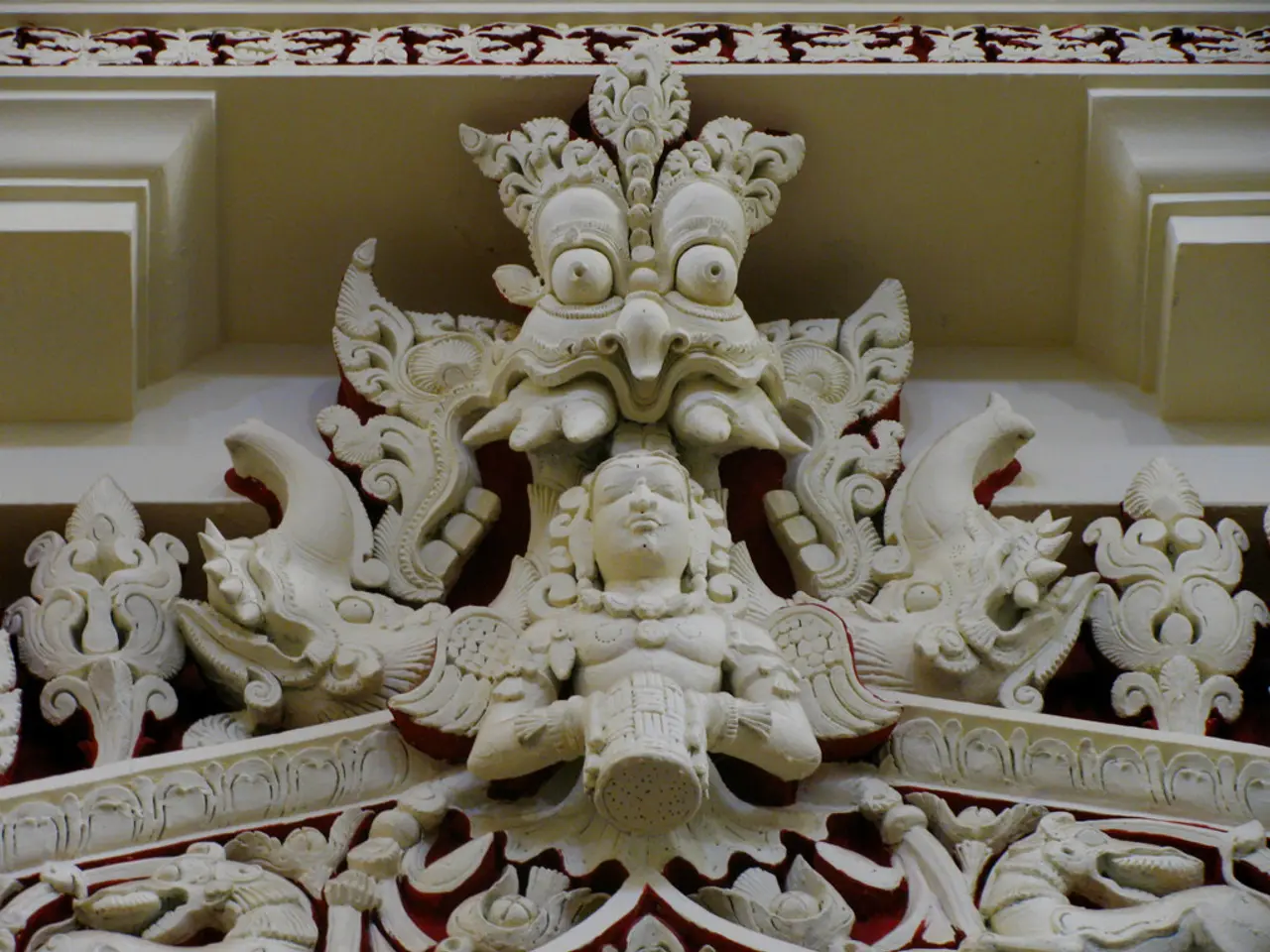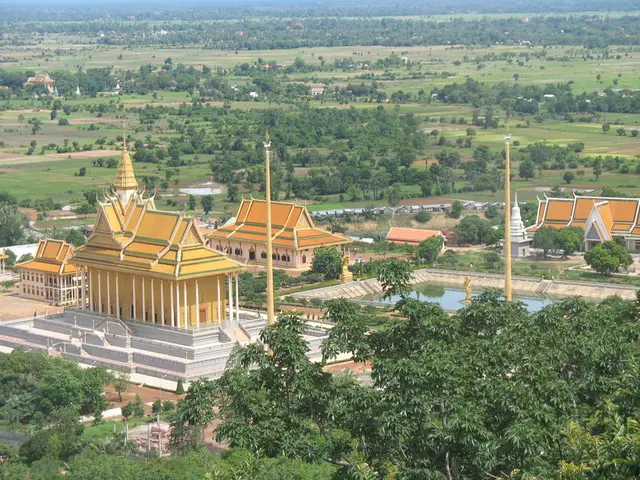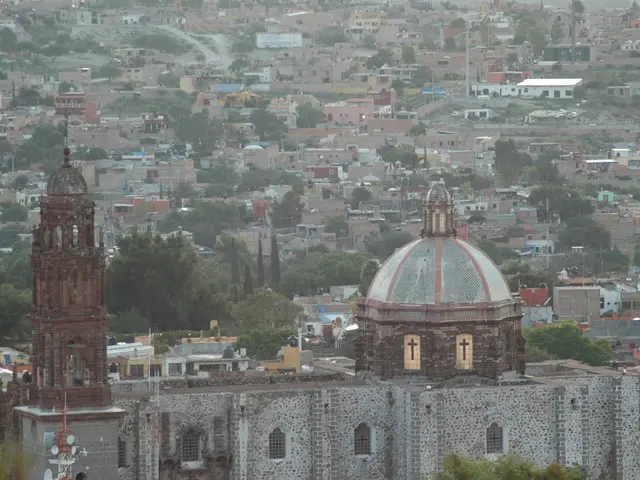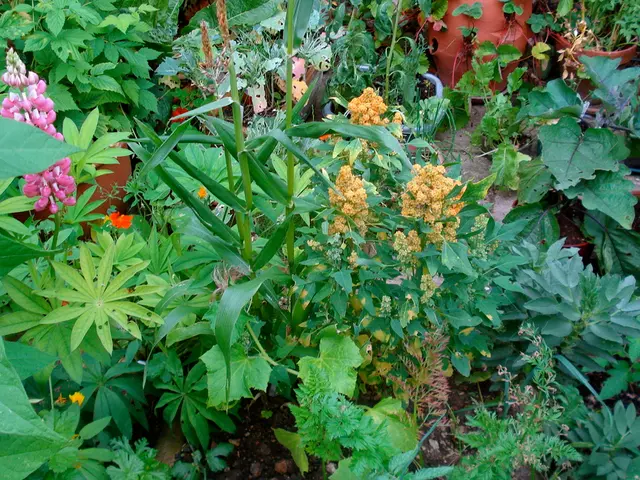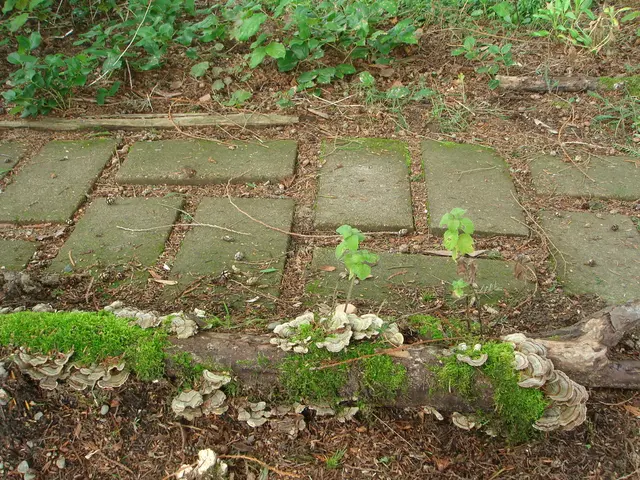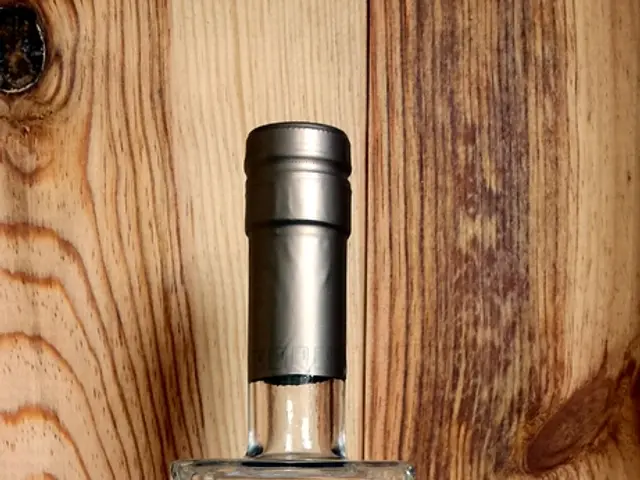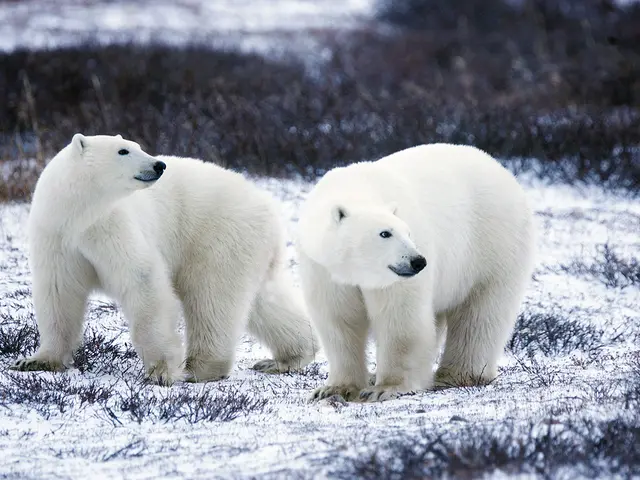Ceramic Artwork by Fleureternele: Enduring Bloom of Flowers
Marie Eve, the creative mind behind the floral sculpture brand Fleureternele, has made a name for herself by introducing permanence to botanical subjects. Her sculptures, which are meticulously crafted by hand, are able to exist in settings for a prolonged period of time, making them studied objects that can be observed and integrated into space for ongoing appreciation.
The inspiration for these beautiful creations comes from the dew-kissed flowers that Marie Eve encountered on her early morning walks. This natural beauty is captured in her sculptures, which hold visual qualities of their original counterparts while existing in a medium that changes their very essence.
The process of creating a Fleureternele sculpture is a labour of love, requiring hours of hand shaping, regulated drying, multiple firings, and sophisticated finishing methods. Each petal and leaf is shaped from clay, with the artist's emphasis on precision and the process of shaping, drying, firing, and finishing ensuring that the sculptures retain their form intact over time.
The method used by Fleureternele is analytical, aiming to capture the exact proportions and rhythms of the original plant. The sculptures are dried slowly under controlled conditions to reduce the risk of cracks or warping, and after drying, they undergo bisque firing to strengthen the clay.
Glazing and finishing treatments are applied carefully and with restraint, aiming for realistic textures and natural colors. Some Fleureternele works focus on a single flower, while others are composed of many ceramic flowers in larger structures. Each part of the larger structures is created and fired separately before being joined, allowing for complex compositions that remain technically stable.
Different types of clay are used based on the desired translucency, delicacy, strength, or density. Support structures are often used during the drying phase to prevent gravity from distorting the sculptures.
Fleureternele's sculptures have applications in both artistic and design contexts, from gallery exhibitions to interior environments. The intersection of plant life and material structure is a recurring theme in Marie Eve's portfolio, and her recent presentation of her floral sculptures in the exhibition space "Galerie Art en Vie" in Paris is a testament to her success in this field.
Through this method, Fleureternele expands the role of flowers in contemporary practice, presenting them as objects built to endure for ongoing observation and integration into space. Each sculpture functions as a fixed record of botanical form, achieved through technical discipline and careful decision-making in clay.
